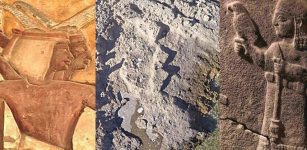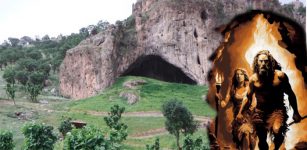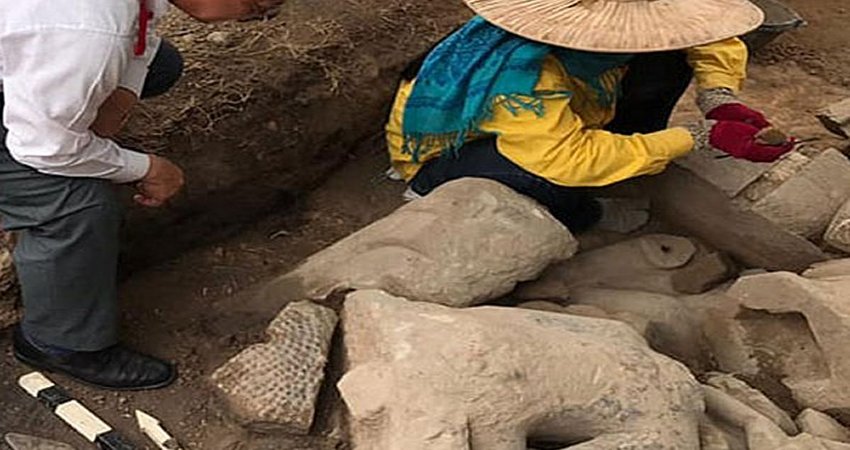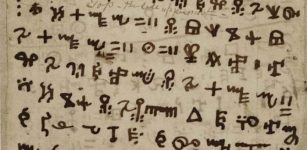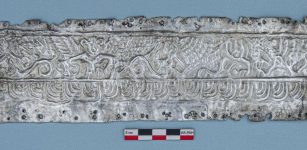Treasure Trove Of Assyrian Kings Found In Tunnels Excavated And Plundered By Terrorists
Conny Waters – MessageToEagle.com – An unknown palace of the Assyrian kings was discovered when the Daesh terrorist group blew up the tomb of the prophet Jonah for ideological reasons.
Archaeologists spent two months exploring the tunnels dug by Daesh terrorists under the destroyed tomb.
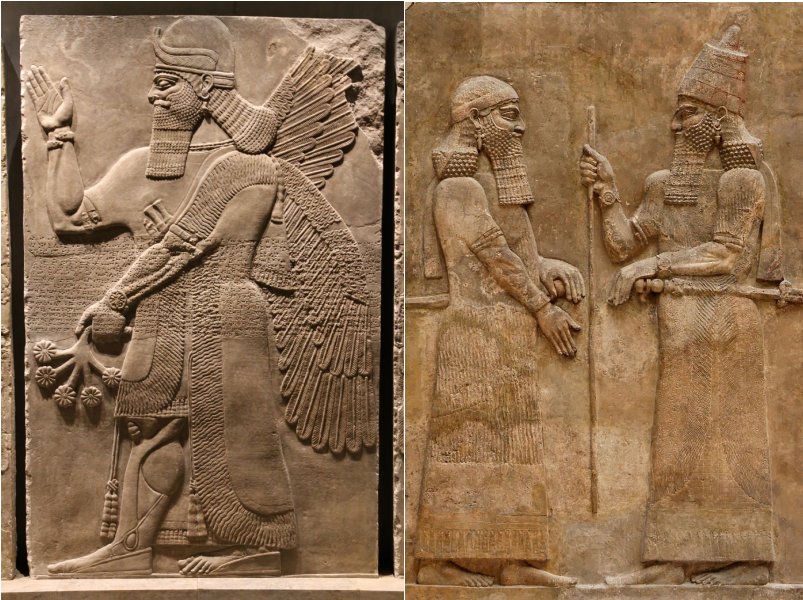
Left: “Winged genie”, Nimrud c. 870 BC, with inscription running across his midriff. source; Right: Sargon II (right), probably facing his heir Sennacherib, Khorsabad, source
The tunnels were found to lead to the military palace founded by Assyrian King Sennacherib in the 7th century BC, the ruler (705 BC–681 BC), who is remembered for his military campaigns against Babylon and Judah and for his construction projects, at his capital Nineveh.
“We can presume many very valuable objects must now be on the black market,” said Professor Peter Miglus, the archeologist who has led work at the site. He believes that gold kept by Sennacherib may have been discovered by Daesh and the terrorists seized and sold much of it, according to Iran Daily.
The archeologists found gold objects littered within the tunnels that were discarded by the terrorists.
See also:
The Black Obelisk Of Shalmaneser III – Great Assyrian Ruler
Tiglath Pileser III: Neo-Assyria’s Strong King Who Built A Mighty Empire
Biblical Jonah Visits Nineveh – The Evil City
Other treasures include gold from ancient Egypt, such as a gold scarab ring and a small scepter with the ankh, the pharaonic symbol that represents life is still at the site.
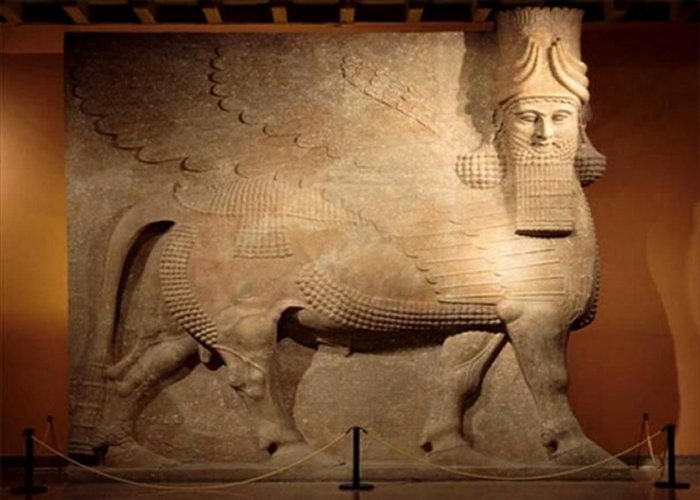
Assyrian lamassu gate guardian from Khorsabad, circa 800–721 BC. source
The archeologists also uncovered two panels that, unusually, show women facing outwards, and carrying plants. Nearly all Assyrian reliefs are of men, in profile.
Professor Miglus of Heidelberg University said the excavations carried out by Daesh had identified the palace throne room, the largest of any in the palaces.
He acknowledged the irony that this work was possible only because of Daesh’s attempts to destroy history.
He said, “It makes me unhappy to say that this work makes me happy.”
Sales of looted antiquities were the second-biggest source of income for the terrorists, after oil smuggling. Attempts to excavate the site in the 19th and 20th centuries were curtailed for fear of disturbing the shrine and offending local people.
Written by Conny Waters – MessageToEagle.com – AncientPages.com Staff Writer

